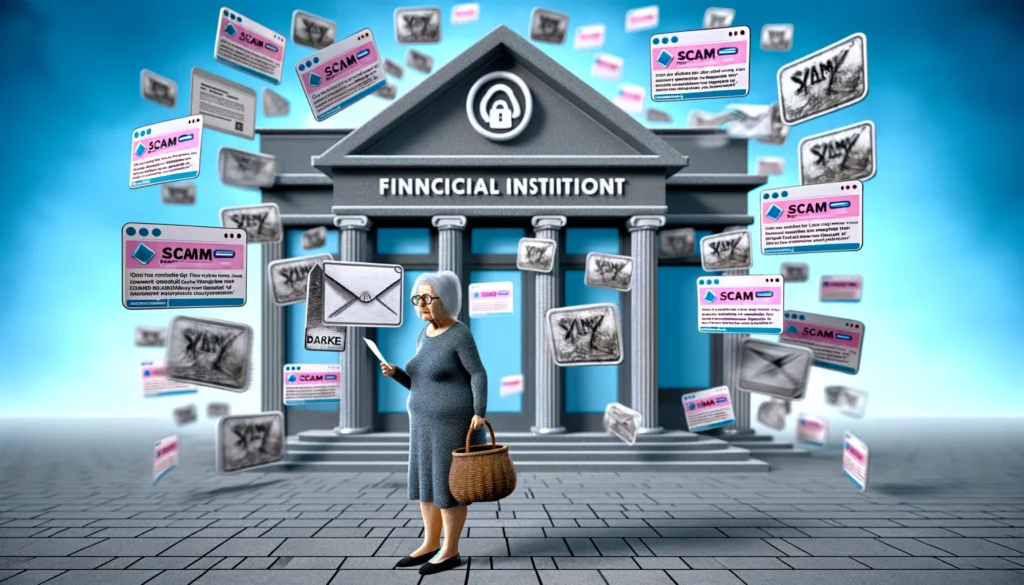
In a case that reads more like a thriller novel than a news report, Bank of America finds itself at the center of a storm following a devastating scam that led to the loss of $2 million from an elderly customer’s account. This incident not only highlights the cunning of modern scammers but also raises serious questions about the responsibilities of financial institutions in protecting their clients. Lynne Bucklin, a 67-year-old Florida resident, has taken legal action against Bank of America (BofA), accusing the banking giant of negligence, breach of contract, and violation of federal laws.
How Did Scam Started ?
The scam began with a series of emails and phone calls from individuals posing as investigators from the Federal Trade Commission (FTC), a tactic designed to exploit the trust and vulnerability of victims. These scammers convinced Lynne that her social security number had been compromised, a fear-inducing scenario for anyone but particularly distressing for the elderly. The situation escalated when Lynne received fake credentials and a letter, purportedly from the FTC, claiming that her accounts were under investigation for fraudulent activities.
Acting under the pretense of securing her assets, the scammers manipulated Lynne into transferring her money into cryptocurrency accounts via wire transfers at a Bank of America branch in Naples, Florida. Despite the unusual nature of these transactions, it’s reported that BofA’s employees processed them without raising any red flags. This oversight, or lack of vigilance, is at the heart of Lynne’s lawsuit. She accuses Bank of America of negligent hiring, breach of contract, and violations of specific laws, including the Electronic Funds Transfer Act and the Florida Uniform Commercial Code.
The aftermath of the scam is a chilling reminder of the evolving threats in the digital age. The cyber litigation firm Vernon, representing Lynne, has pointed out that despite reaching out to Bank of America for assistance, only a fraction of the stolen funds ($500,000) was recovered before the bank closed her case. This situation leaves us to ponder the extent of a bank’s duty to its customers. How could such a significant transfer not trigger any security protocols? And what does this say about the training and awareness of bank employees dealing with cybersecurity threats?
Bank of America’s ordeal with this lawsuit is more than a legal battle; it’s a wake-up call for financial institutions everywhere to reassess their security measures and customer service protocols. As technology advances, so do the methods of those looking to exploit it for nefarious purposes. It is imperative that banks not only implement stringent security measures but also ensure their employees are capable of recognizing and reacting to unusual activity. The $2 million stolen from Lynne Bucklin’s account is not just a loss of funds but a stark reminder of the real-world consequences of cyber threats and the paramount importance of vigilance in the digital age.
Sources THE DAILY HOOD
Read About One Coin Scam
